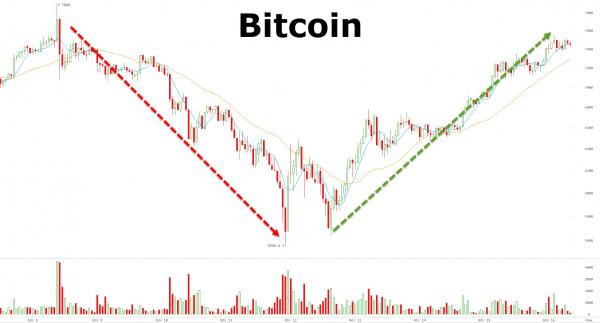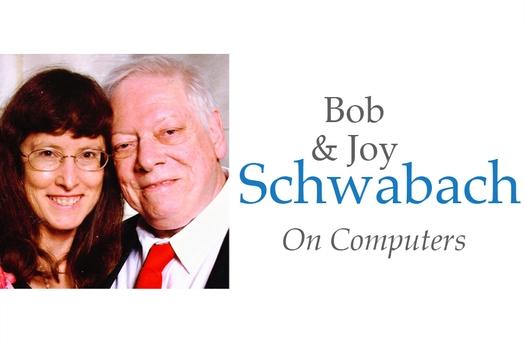Cutting-edge technology is automating the customer service experience, leading to faster resolutions and happier users.
User experience (UX) has finally come into its own as a key factor shaping how companies do business. Companies are investing a huge amount of money on streamlining business processes, improving customer service processes, and providing personalized engagement and quick resolution to customer problems. UX plays a critical role in customer acquisition, satisfaction, and retention.
While customers always look for an end-to-end UX, sometimes this is not possible, for example if the product or service is not solely delivered by one organization. Even if it is delivered by a single organization, system complexity, complex business processes, or gaps between systems can make end-to-end UX impossible.
Technology has always been a potent agent of business change, however it has advanced at such a rapid pace in the last few years that it’s changed prevailing business models and even the technology industry itself. For example, Airbnb’s founders found that platform technology made it possible to craft an entirely new business model that challenged the traditional economics of the hotel business.
Recent technology trends such as blockchain, the Internet of Things (IoT), and platforms can play major roles in automation, UX, decentralized help, transaction processing, and support coordination among multiple organizations and interacting devices.
Blockchain is already driving transformation across the finance and the insurance industry, and it is being further extended to address business needs in multiparty transactions, such as:
- Increasing transparency and trust
- Reducing fraud
- Reducing cost and increasing efficiency
- Facilitating secure, decentralized transaction via IoT technologies
- Automating actions when predefined conditions are met
The IoT is a vast network of Internet-connected, data-sharing devices. The shared data is used to make smarter decisions. For example, connected devices can communicate directly with distributed ledgers. Data from those devices could then be used by smart contracts to update and validate the shared data and subsequently deliver it to all interested participants in the business network. This reduces the need for human monitoring and actions, and promotes trust in the data generated by the devices.
Source/More: Improve User Experience With IoT, Blockchain, And Platforms















